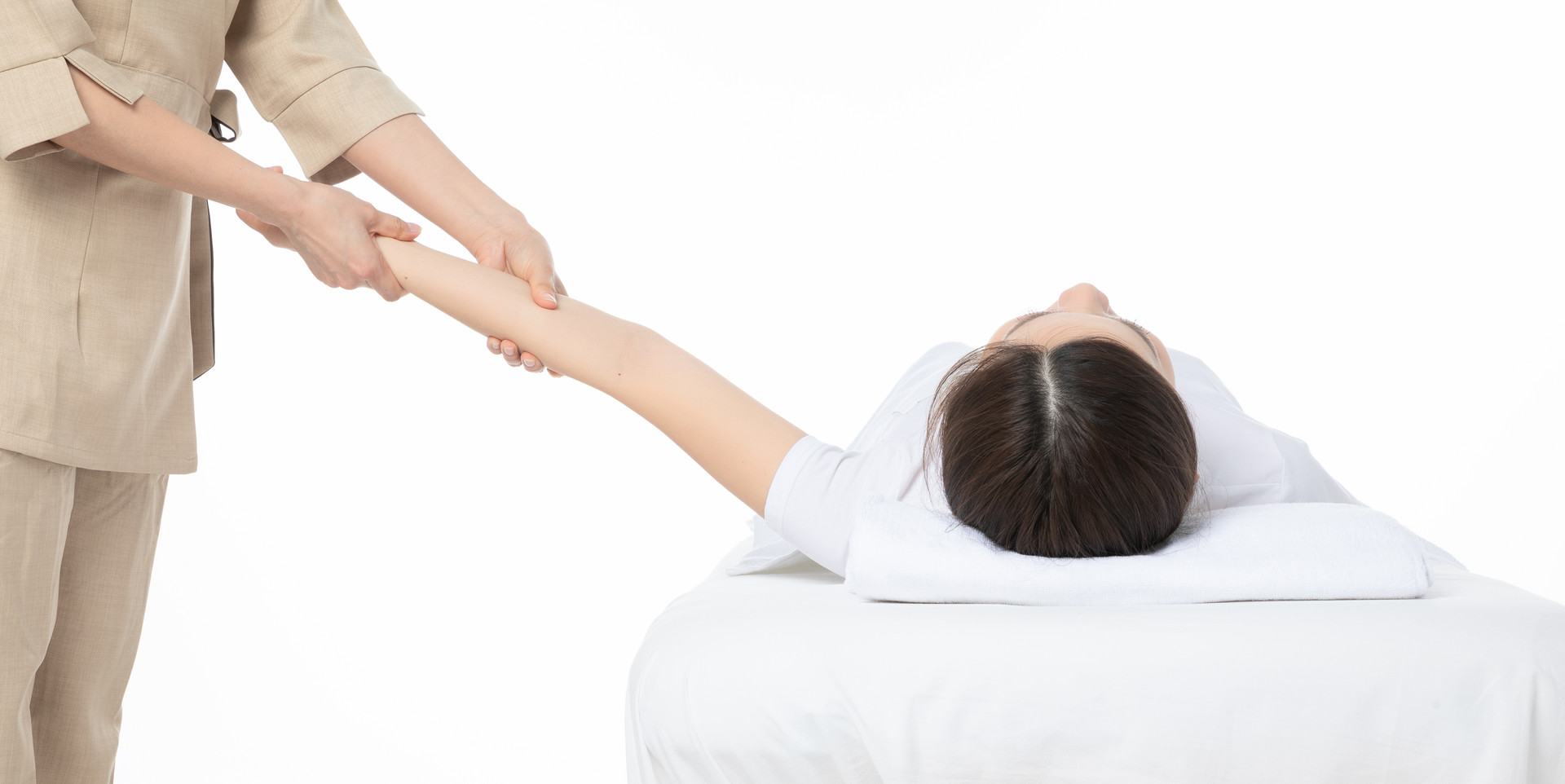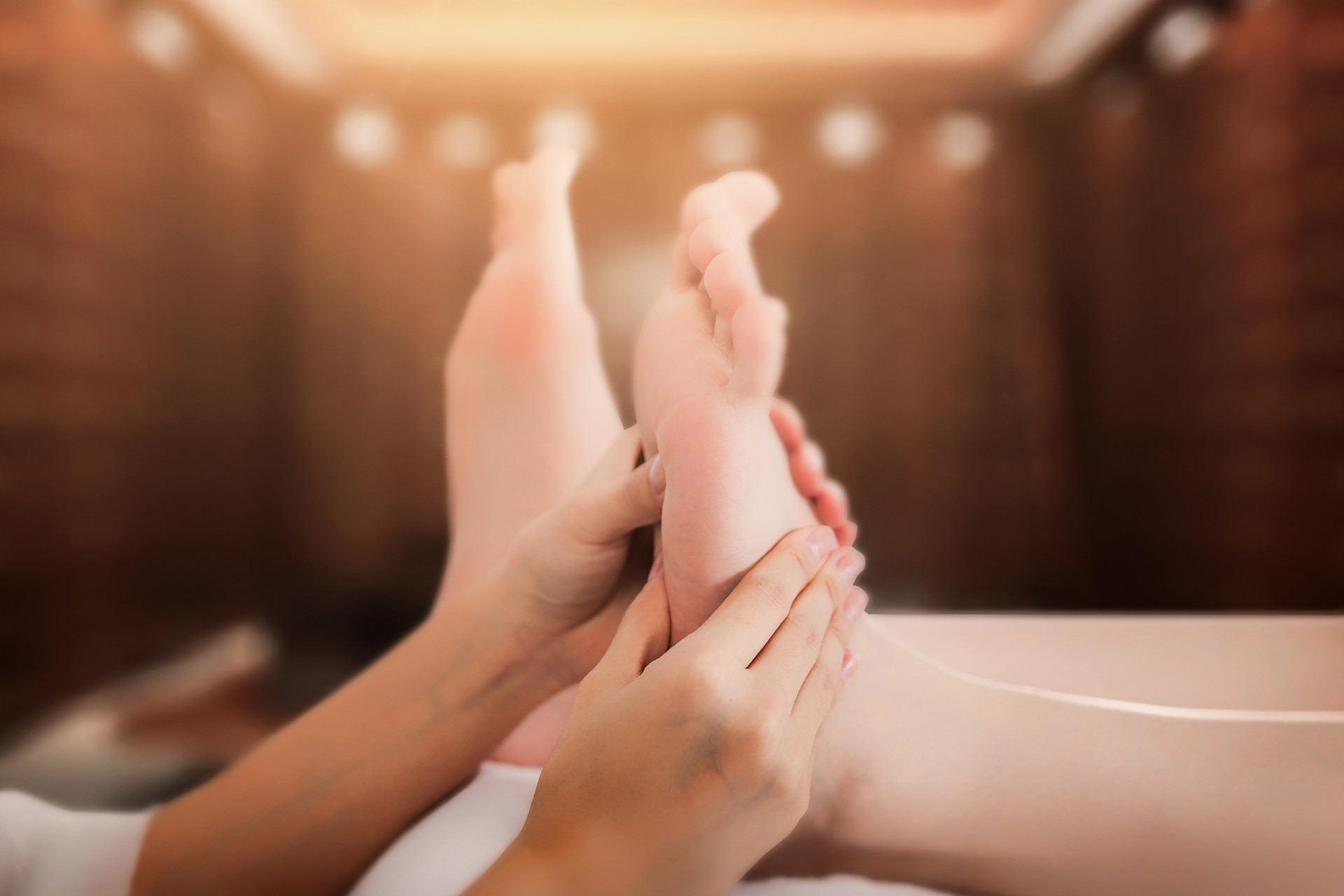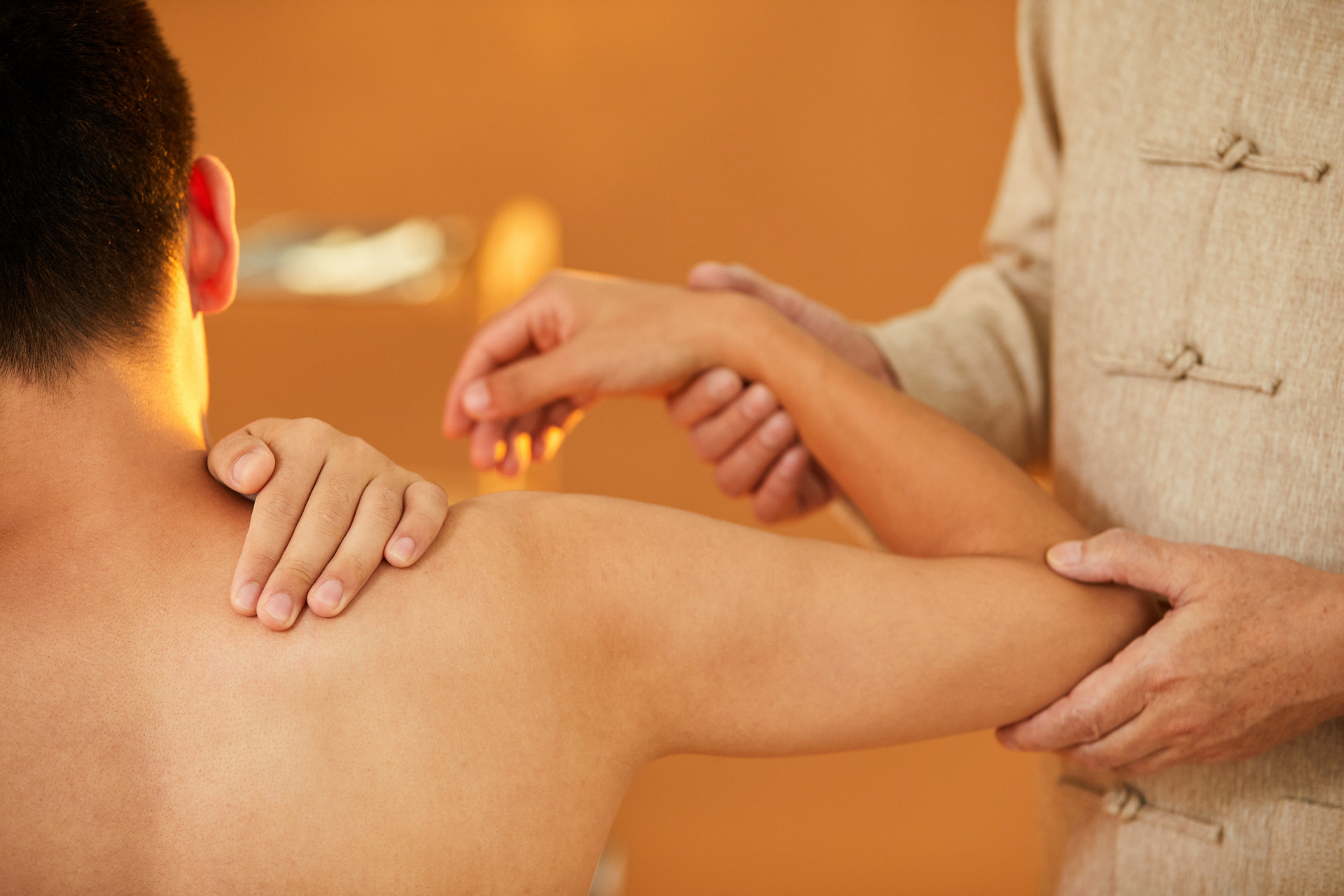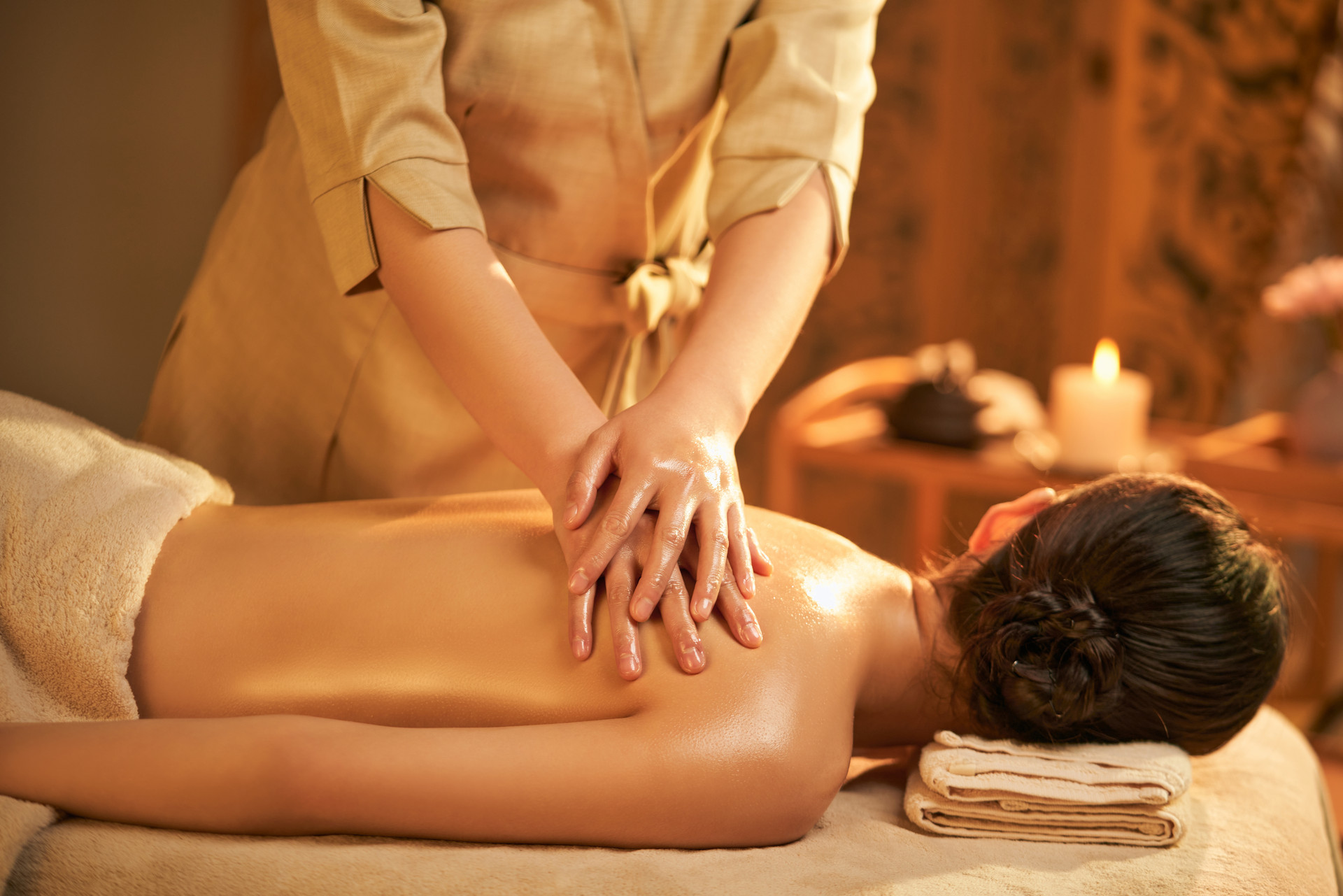Pediatric muscular torticollis refers to a congenital disease characterized by tilting of the head to one side and rotation of the face to the opposite side, commonly known as "wry neck". Clinical classification of torticollis includes four types: muscular torticollis, osseous torticollis, ocular torticollis, and neurological torticollis. This discussion will focus on the first type, muscular torticollis, which can be effectively treated with massage therapy in the early stages (within 6 months).
Etiology and Pathogenesis

Clinical Presentation
Immediately after birth or a few days later, it can be observed that the infant's head tilts to one side, with a palpable triangular mass in the sternocleidomastoid muscle on the affected side (which may be absorbed on its own in some infants after a few months). Subsequently, the sternocleidomastoid muscle contracts, becomes stiff, and restricts movement, causing the head to tilt and rotate towards the affected side. In severe cases, as the child grows older, facial features, facial symmetry, and even shoulder and back asymmetry deformities may occur.
Treatment
1. Treatment Principles: Promote blood circulation and relax muscles, dissolve firm masses.
2. Massage Techniques
⑴ Pinch and knead the firm nodules in the affected muscles for 10-15 minutes using the index and middle fingers.
⑵ Use the thumb or index and middle fingers to massage from the origin to the insertion of the sternocleidomastoid muscle on the affected side for 2-3 minutes.
⑶ Place one hand on the affected shoulder and the other hand on the child's head, and simultaneously pull in opposite directions to gradually tilt the child's head towards the healthy shoulder. This is called passive traction or passive pulling method, and should be repeated 7-10 times. Then, use both hands to hold the child's head and pull upwards while rotating towards the affected side. This is called passive head rotation method, and should also be repeated 7-10 times.
3. Mechanism: Local massage and kneading can promote blood circulation and improve local blood supply, relieving muscle spasms. Passive traction and head rotation can elongate and stretch the contracted muscles, helping to restore muscle elasticity and improve neck function.
4. Modifications
⑴ If there are significant deformities in the child's face and shoulders, add acupressure points such as Taiyang, Jiache, Renzhong, Yingxiang, Fengchi, Jianjing, and Jianyu.







